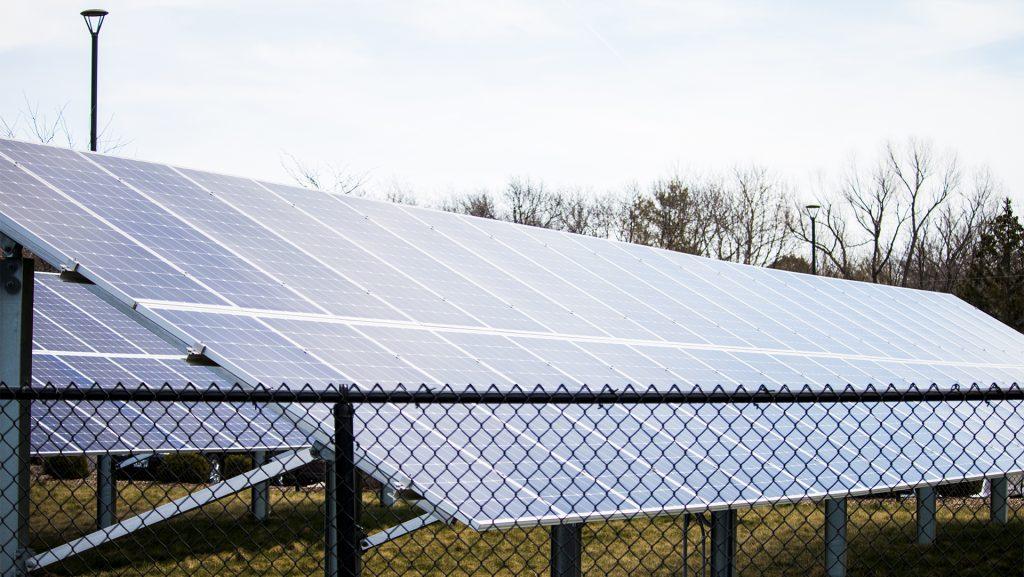Harnessing energy from the sun as opposed to harmful — and limited — fossil fuels, solar power produces no detrimental emissions to the environment. In addition to environmental friendliness, solar energy is renewable, abundant, sustainable, low-maintenance, and ever-improving. For as long as the sun is alive, solar energy will be obtainable and therefore should be used.
With major companies such as Google and Amazon using it, solar energy is earning its place in the sun. The Business Council for Sustainable Energy reports that renewable energy (solar power, wind power, etc.) has increased in the U.S. energy mix significantly, growing from 9 percent to 18 percent over the past 10 years.
Because big businesses are taking advantage of solar energy, many of their suppliers have gone down the same path. Apple reported last month that because of its 100 percent commitment to renewable energy, nearly two dozen suppliers of batteries, keyboards, and lenses have made the same commitment.
But solar power doesn’t have to be limited to businesses, and it shouldn’t be.
A bipartisan bill introduced by Rep. Jacky Rosen, D-Nev., would repeal the harmful solar-panel tariffs put in place by the Trump administration last year. Passing this bill would be a huge success for environmentalists everywhere, and it would also make solar power more accessible to the public.
Using solar energy in residences and at universities is an easy way for Americans to assist in saving the environment. According to Union of Concerned Scientists, “Twenty-nine percent of global-warming emissions come from our electricity sector,” many of the emissions released by fossil fuels.
RELATED: Solar energy lights up on campus
Powering a home by the sun is not much more expensive than paying a regular electric bill, and just a few extra dollars could help save the environment. The average electric bill in Iowa is $90, and Project Sunroof, a personalized solar savings estimator powered by Google Earth imagery, estimates that switching to solar panels would cost the average Iowan an extra $25 per month.
Universities can be benefactors for solar energy, too. If Catlett Hall, the University of Iowa’s newest residence hall, were to go entirely solar, Project Sunroof estimates that an additional $11,000 would be spent over a 20-year solar lease with no upfront cost. In other words, if the university were to add the solar cost into room & board payments, students would only be paying roughly 52 extra cents per year, given that the residence hall is filled to capacity.
Using solar power in homes and at universities is certainly beneficial to the environment, but it would also be advantageous to the institutions and households themselves.
The U.S. Department of Energy Lawrence Berkeley National Laboratory discovered that the average home’s sale price increases $17,000 if solar panels are included. A study conducted by the National Renewable Energy Laboratory had similar results, concluding that “homes with solar panels sell 20 percent faster and for 17 percent more money”.
For universities, investing in clean-energy projects would be a large pull for many students. As a generation highly affected by climate change, young people are interested in making a difference. A 2017 Global Shapers’ Annual Survey found that 48.8 percent of young people think climate change and the destruction of nature is the most critical issue, followed by large scale conflicts/wars (38.9 percent) and inequality (30.8 percent).
Universities are well-equipped to lead the solar-energy change (flat roofs, high population, etc.). The University of Iowa specifically has already invested in solar-energy projects on campus. Last month, The Daily Iowan reported that a 233-panel array was installed on the roof of the Seamans Center. By continuing to increase the number of solar-powered buildings on campus, the conversation around solar energy could be seriously redirected.









